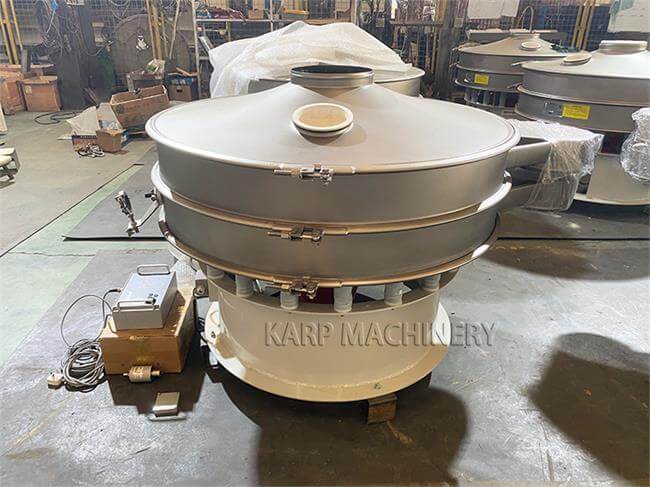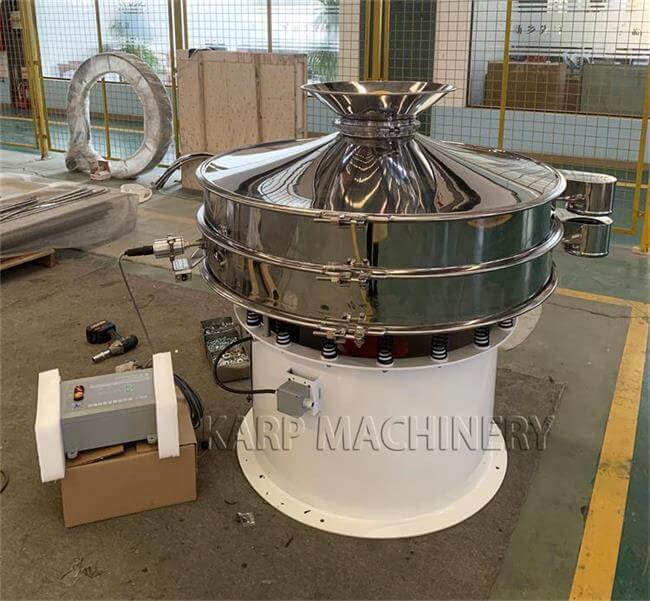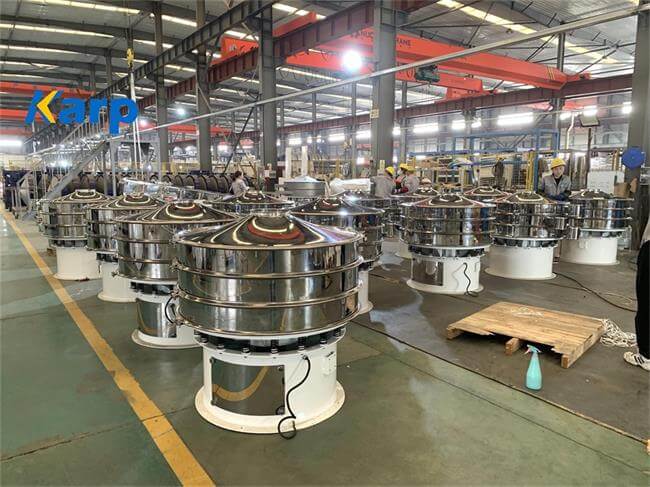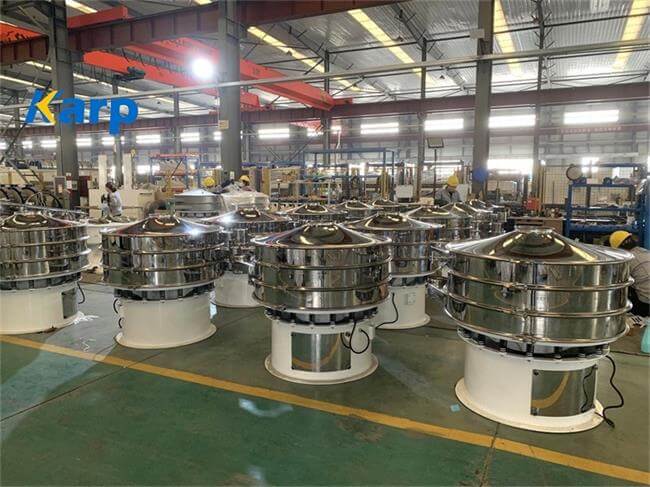Lithium battery waste recycling
Battery recycling refers to the act of collecting used batteries to prevent them from entering the ecosystem and causing harm to the environment. Waste batteries contain a large number of heavy metals and electrolyte solutions such as waste acid and waste alkali. If carelessly discarded, corrupted batteries will destroy our water sources and erode the crops and land we depend on for survival. Our living environment will face a huge threat. Therefore, it is necessary for us to recycle used batteries. It can not only prevent environmental pollution, but also reuse useful components and save resources.

Ultrasonic vibrating screens used to recycle lithium battery waste
Ultrasonic vibrating screen uses ultrasonic frequency to vibrate the screen so that the mesh can’t be clogged and the powder can be screened more easily. The system increases screening capacity by 10 times, improving productivity while allowing screen mesh as low as 20 microns (#600 mesh). In the process of recycling lithium battery waste, the ultrasonic vibrating screen can effectively increase the recovery rate of useful materials in the waste and reduce the impact on the environment. It is an efficient and environmentally friendly equipment.

Working principle of ultrasonic vibrating screen
The ultrasonic vibrating screen adds an ultrasonic screening system to the ordinary vibrating screen. It can input 220V, 50Hz or 110V, 60Hz electrical energy into the ultrasonic transducer and convert it into 36KHz mechanical vibration. The generated ultrasonic waves cause the screen to vibrate at a high frequency, which can reach 36,000 times per second. It can make fine powder materials form a micro-suspended state on the screen, and can pass through the screen faster without generating static electricity and sticking to the screen, achieving the effects of screening and cleaning at the same time.

Characteristics of ultrasonic vibrating screen
1. Low-amplitude vibration reduces the vibration height of the material and maintains the contact between the material and the screen surface.
2. High-frequency vibration causes small materials in contact with the screen to pass through the screen quickly, improving the screen penetration rate.
3. Improve screen cleaning efficiency. The excitation force transmitted to the screen can vibrate out the blocked materials in the screen mesh. It reduces blocking factors such as adhesion, friction, and wedging, and improve screening efficiency.


